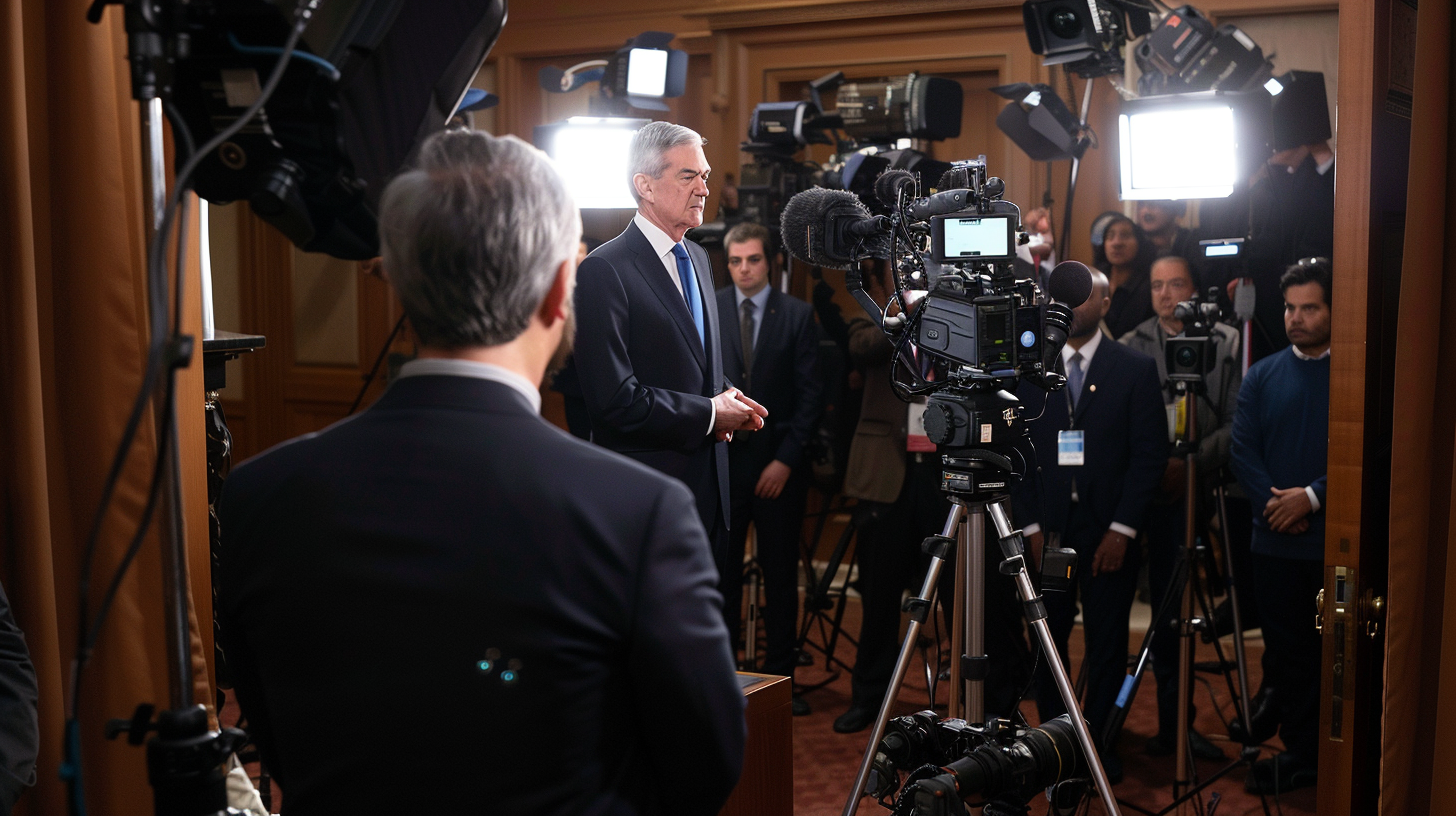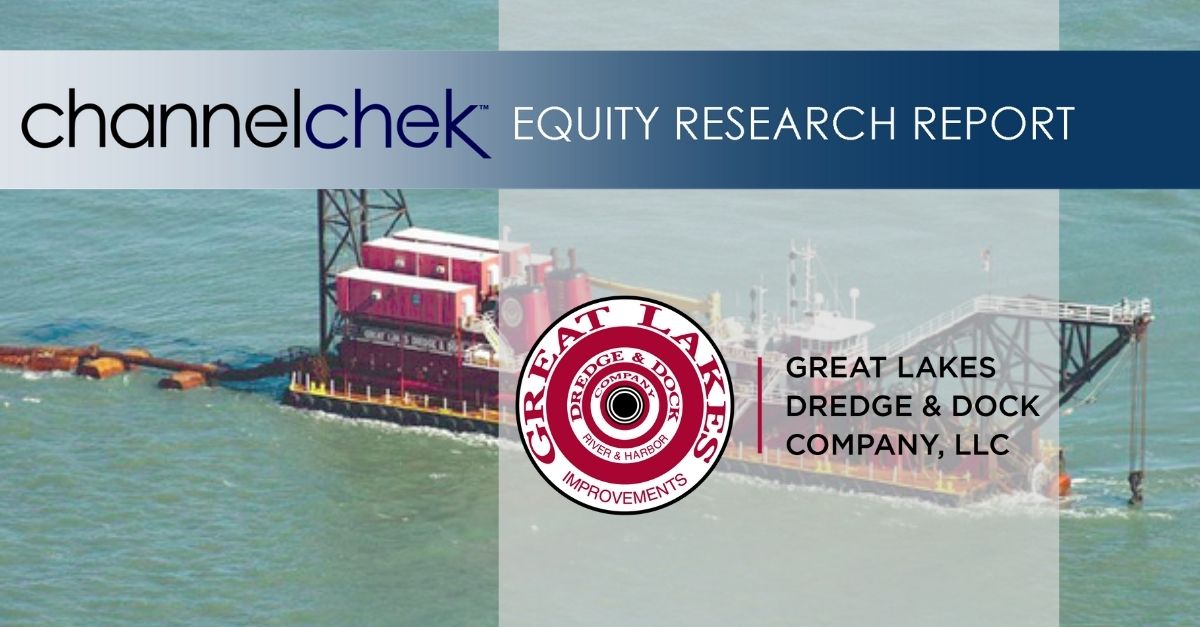| Key Points: – Bitcoin surged to $83,000, continuing a post-election rally attributed to Trump’s pro-crypto policies. – Inflows into Bitcoin and Ethereum ETFs reached record highs post-election, supporting Bitcoin’s climb. – Analysts see Bitcoin hitting $100,000 by year-end, with regulatory support fueling market optimism. |
Bitcoin hit an all-time high on Monday, surpassing $83,000 as excitement around the recent U.S. presidential election continues to fuel a strong rally in cryptocurrency markets. Following Donald Trump’s election victory, investor optimism has pushed Bitcoin’s price up by 5%, alongside other popular cryptocurrencies like Ethereum, which gained 2%, and Cardano, which ticked up by 1.7%. The decentralized finance token XRP saw a slight dip after a robust week, while Dogecoin, another popular digital currency, surged nearly 8% in trading, reflecting widespread enthusiasm for Trump’s pro-crypto stance.
This recent surge in cryptocurrency prices underscores a market mood filled with “euphoria,” according to Susannah Streeter, head of money and markets at Hargreaves Lansdown. She noted that Trump’s promises to transform the United States into a “crypto capital” have driven fresh investor enthusiasm. During his campaign, Trump expressed support for an array of crypto-friendly policies, including a vision to make the U.S. the world’s top destination for cryptocurrency innovation. He also suggested that all Bitcoin mining should take place domestically to boost national production, sparking a hopeful outlook among investors who see his administration as likely to adopt a favorable regulatory approach for digital assets.
Trump’s win has created a notable shift in the cryptocurrency landscape, with Citi strategists identifying crypto as one of the few “Trump trades that has yet to retrace.” The election has already generated significant inflows into crypto ETFs, with $2.01 billion flowing into Bitcoin ETFs and an additional $132 million into Ethereum ETFs in just two days. This shift in institutional investment toward digital assets is encouraging for the crypto market, as it not only raises Bitcoin’s current price but also establishes it as a more permanent asset in mainstream portfolios. Analysts point to these ETFs as one of the primary drivers of Bitcoin’s current climb, suggesting that institutional investors view crypto as a hedge against inflation and an opportunity to capitalize on future growth.
Many analysts believe Bitcoin’s climb isn’t over yet. Several experts, including Citi’s David Glass, anticipate that Bitcoin could hit the $100,000 mark by the end of the year. This target is ambitious but plausible if Trump’s administration maintains the cryptosupportive tone it has promised. Glass argues that the anticipated regulatory clarity, along with investor optimism, has helped push Bitcoin to these record-breaking levels. With major corporations like Coinbase and MicroStrategy already riding the wave of this upward momentum, their respective stock prices have seen double-digit gains of 15% and 12% respectively, showcasing widespread investor confidence across the digital asset sector.
Despite the enthusiasm, some analysts remain cautious about Trump’s ability to deliver on all his crypto-related promises. Notably, his suggestion to replace U.S. SEC Chairman Gary Gensler, who has been critical of the crypto market, is beyond the president’s direct authority and unlikely to happen easily. Still, his administration’s pro-crypto stance may encourage a more favorable regulatory environment that could sustain Bitcoin’s rally.
Bitcoin’s recent surge highlights the potent mix of politics and finance in today’s digital economy. Trump’s promise to make the U.S. the world leader in cryptocurrency has breathed new life into Bitcoin and other digital assets, but only time will tell if the optimism surrounding his victory translates into long-term gains for the market. With $83,000 now in the rearview mirror and $100,000 in sight, Bitcoin’s performance in the coming months could define a new era of mainstream acceptance for digital currency.

















